In the past 50 years, India’s space exploration has increased immensely and diversified. The program’s primary objective was to build space assets that substantially supported the development, including remote sensing and telecommunications satellites that directly aided Indian farmers and other citizens in order to help to improve communication infrastructure. However, over time, India has switched some of its attention to high-profile missions like space research that do not have clear development intent as they were in the past.
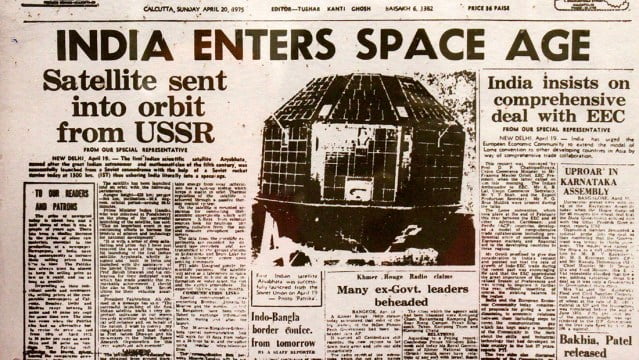
Over the decades, the number of space-based programs and services has increased beyond what was first anticipated. Globally, numerous innovative applications are designed to satisfy the expanding customer wants and needs. The activities have tremendous commercial viability and are steadily growing. Numerous Non-Government-Private-Entities (NGPEs) in India have begun participating in space activities for economic profit. Many businesses and bootable fields have begun producing space crafts and satellites and are keen to offer space-based services.
The space economy will likely expand as NGPEs, such as academic institutions, start-ups, and industries, partake in end-to-end space activities.
An Overview of the Indian Space Programme
Under the Department of Space, the Indian Space Research Organisation (ISRO) is a primary authority for research and development. In 1962, India’s space programme began to take shape. The Indian Space Research Organization (ISRO), with its headquarters in Bangalore, was founded in 1969 with the mission of promoting the advancement of space technology and its use. The Space Commission was founded in 1972. India’s first satellite, Aryabhata, was launched in 1975, kicking in the scientific revolution. The Indian space programme has advanced significantly over the previous 45 years because of a well-rounded, independent programme.
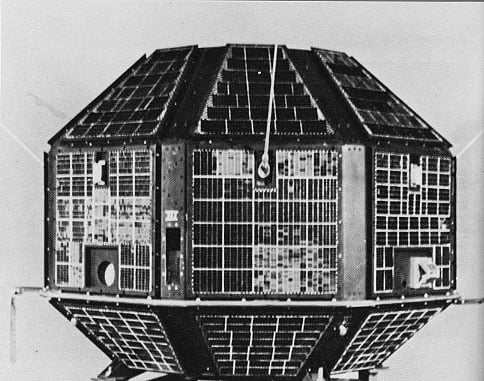
The Indian Space Research Organisation (ISRO) manages its activities using an extensive network of centres. The Space Applications Centre in Ahmedabad generates sensors and payloads. The U R Rao Satellite Centre (formerly the ISRO Satellite Centre) in Bangalore is where satellites are conceptualised, manufactured, constructed, and inspected.
At the Vikram Sarabhai Space Centre in Thiruvananthapuram, launch vehicles are created. At the Satish Dhawan Space Centre on Sriharikota Island, nearby Chennai, launches occur. Hassan and Bhopal are home to the Main Control Facilities for operating geostationary satellite stations. The National Remote Sensing Centre in Hyderabad offers facilities for receiving and analysing remote sensing data. Antrix Corporation, with its headquarters in Bangalore, is the commercial branch of ISRO.
National Atmospheric Research Laboratory (NARL) is an independent institution backed by DOS (Department of Space) and is located in Gadanki, close to Tirupati. It is a leading hub for atmospheric research tools like LIDAR, troposphere radar, and mesosphere. PRSSCs (Regional Remote Sensing Service Centers) The DOS has established five PRSSCs, one each in Bangalore, Jodhpur, Kharagpur, Dehradun, and Nagpur. PRSSCs provide guidance with a variety of national and regional remote sensing projects.
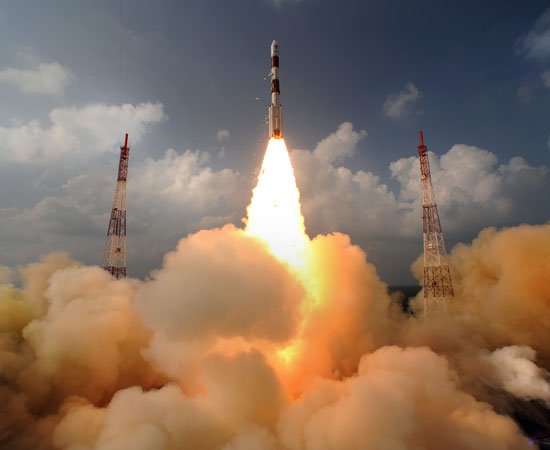
Image courtesy-ISRO
The North Eastern-Space Application Centre (NE-SAC), based in Shillong, is a joint project of the Department of State and the North Eastern Council. Its goal is to use space science and technology to help the development of the North Eastern region. Antrix Corporation Limited is the premier marketing organisation for DOS, with access to both DOS resources and the Indian space program. It is based in Bangalore.
Semiconductor Laboratory (SCL) is responsible for designing and developing large-scale integration (VLSI) devices as well as developing systems for such space and telecommunications sectors.
The ISRO’s goals are aimed at self-sufficient use of space technology for national development, with a focus on:
- Satellite-based mass communication and education, this initiative is geared toward the independent use of space technology for national development.
- Monitoring the environment, managing natural resources, and conducting surveys using remote sensing technology.
- Creation of homegrown satellites and launchers for satellites.
New Developments in the Space Industry
The Department of Space wants to promote private company involvement in space activities to increase the dissemination of space technologies and strengthen the nation’s space market. ISRO will back DOS in its goal of allowing private enterprises access to the space sector. The Department of Space oversees New Space India Limited (NSIL), a directly owned Central Public Sector Enterprise (CPSE) that the Indian government established.
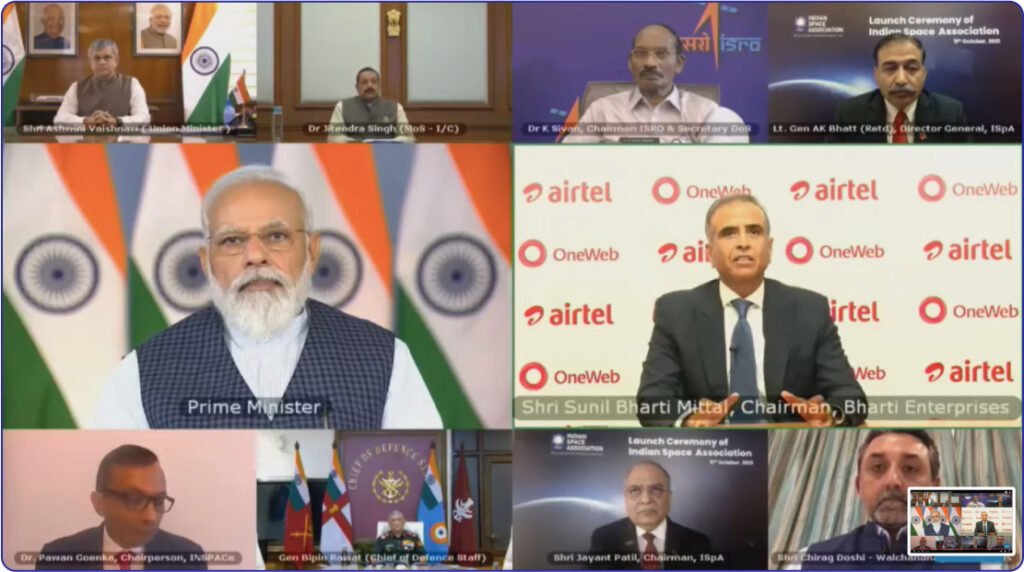
Image courtesy-Indian Space Association
The following changes are recommended for the nation’s method of carrying out space activities:
- It is suggested that the strategy be shifted from the Supply Based Model to the Demand-Based Model to improve productivity and enhance profits from the space assets. In order to accumulate commitments, New Space India Limited (NSIL) will serve as an aggregate of user requirements.
- NSIL will exercise the authority of DOS’s operational launch vehicles and market launches, satellites, and other services.
- Authorise NGPEs (non-governmental private entities) to partake in space exploration through a centre for Indian National Space Promotion and Authorisation (IN-SPACe).
- By creating new technologies and capacities, ISRO will increase capacity in the space sector and enable NSIL and NGPEs to share facilities.
Why Does the Space Industry Need Private Participation?
Private industry has traditionally participated in Indian space on a minor basis. The private sector is liable for a sizable portion of the production and manufacturing of satellites and rockets. Research institutes are becoming more involved as well. However, the fast-expanding global space economy, valued at least $360 billion, only had a tiny 3% stake in the Indian space industry. Only 2% of this sector is devoted to rocket and satellite launch services, which require a sizable infrastructure and significant financial outlay. The remaining 95% addressed ground- and satellite-based systems and services.

Image courtesy-SpaceX
Indian industry cannot thrive since, up until now, it has mostly served as a provider of parts and components. The means and technology required to carry out independent space ventures of the kind that US firms like SpaceX have been doing or to deliver space-based services really are not available to Indian enterprises. Even within India, there exists an increasing need for space-based applications and services, and ISRO is unable to meet this demand. A few Indian companies are working to develop their own launch vehicles, the rockets like ISRO’s PSLV that deliver satellites and other payloads into space, while many Indian enterprises are waiting to take stock of these potentials.
Thus, the notion has been encouraged by the necessity for growing space industry and the willingness of actors in the private sector. Additionally, ISRO is prepared to make all of its resources available to commercial parties whose projects have received IN-SPACe approval. Private businesses could perhaps construct their own launchpad inside the Sriharikota launch site, with the suitable land for that being granted by ISRO.
Today, satellite data, images, and space technology are utilised in a wide range of industries, including meteorology, agriculture, transportation, and urban development. More space innovations and space resources must be used more effectively, and demands for space-based services must rise.
Regulators in space have granted permission to two start-ups to launch payloads. Dhruva Space is an Indian company based in Hyderabad that offers full deck orbit engineering solutions for the launch, space, and base components. It works on developing satellite systems that are independent of particular applications. Space engineering firm Digantara Research and Technologies has its headquarters in Bengaluru. It focuses on the creation of technologies for the aerospace industry. It emphasises orbit determination, mapping and analysis services, collision avoidance, and space debris.
Benefits of Privatising the Indian Space Industry
The private sector’s involvement will assist in giving the Indian space industry the momentum and speed it needs to compete with other established space agencies like NASA. Two of the main considerations are advantages from an economic and strategic standpoint. The private sector will make time available for ISRO to focus on science, R&D, cosmic exploration, and strategic launches.
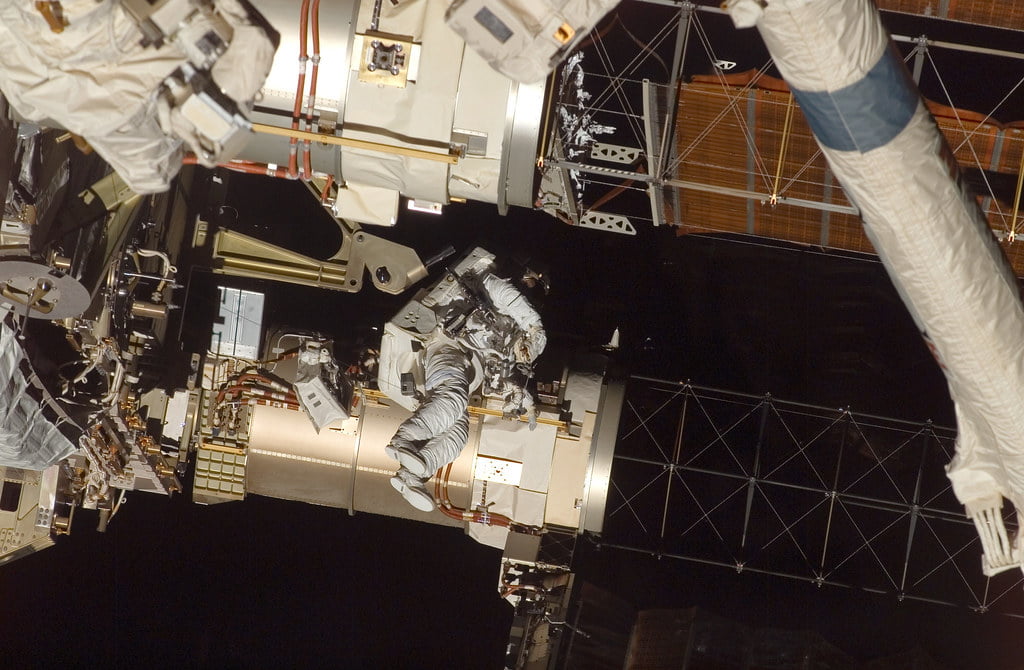
The ISRO can dedicate more resources to space research if private parties take on mundane and commercial tasks, such as launching weather and communication satellites. Future economic gains will be enormous and may be shared by both the private sector and ISRO. ISRO has nothing to lose by opening up its resources and data to the business sector.
A journey to observe the Sun, a mission to the Moon, a commercial spaceflight, and possibly a lunar landing are just a few of the ambitious space missions planned for the upcoming years. Moreover, in order to accomplish all of this, ISRO needs the support and assistance provided by the corporate sector.
The Dilemmas of Privatising the Indian Space Industry
Since India is still a minor player on the global space platform, the extensive brain drain from India is crucial in the space and aerospace industry. For private space enterprises and entrepreneurs, the policy constraints make it challenging to find investors, making it nearly impossible to operate in India.
One of the reasons for the lack of autonomous private activity in space is the lack of a framework to provide transparency and clarity in the laws. Lack of clarity regarding space law, insurance, and indemnity, as well as which entity will bear responsibility in the event of a mistake, is another crucial factor. Many private companies are currently engaged in manufacturing machinery and structures, either utilising leased licences or delegated specifications.
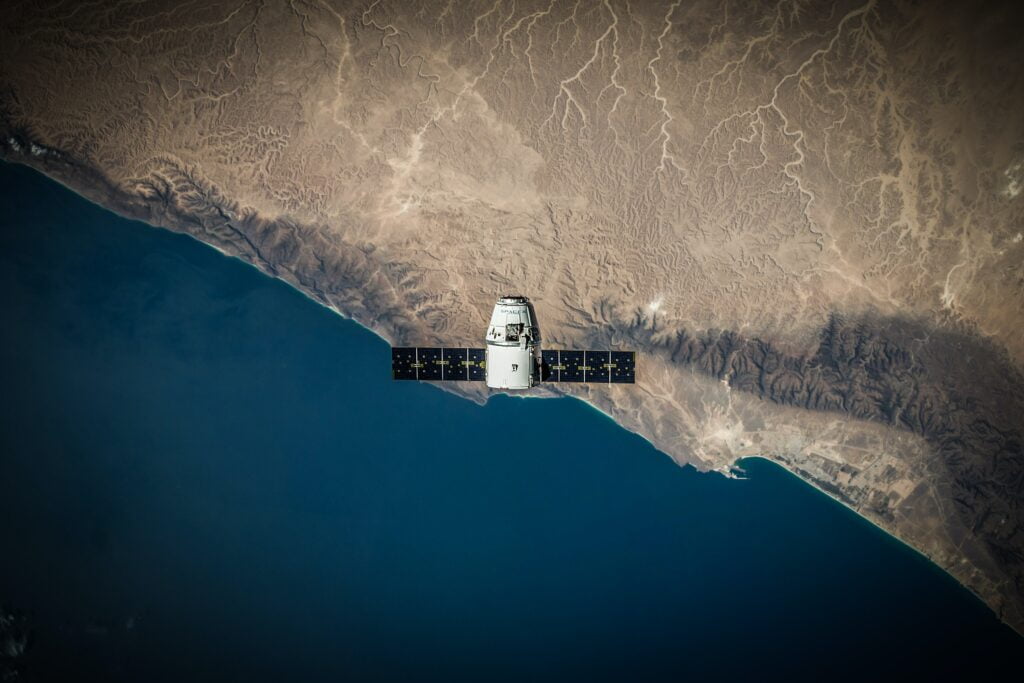
Conclusion
The development of India’s industrial foundation and the growth of technology both benefit from the space industry. India is one of the few nations with significant space capabilities. As a result, the reforms will give the sector new life and vitality, enabling India to push to the next stages of its space technology. The Make in India programme is also crucial and pertinent for the space industry. The space sector needs considerable engagement to advance the nation’s space projects to unprecedented heights.
You may also like:
Effectiveness of FONOPs in Preventing Chinese Expansionism
About the Author

In addition to international news, cupcakes, and coffee lift Shamini’s spirits. She holds a master’s degree in international relations from Women’s Christian College, Chennai, and she has a knack for understanding what is going on in the overseas market and never fails to stay up to date on current events. Her primary research area is the Indo-Pacific region, but she also studies maritime security challenges in the Indian Ocean, Middle Eastern culture, global governance, and foreign relations. Shamini is a driven professional who chose ‘The International Prism’ as a career launching pad.






